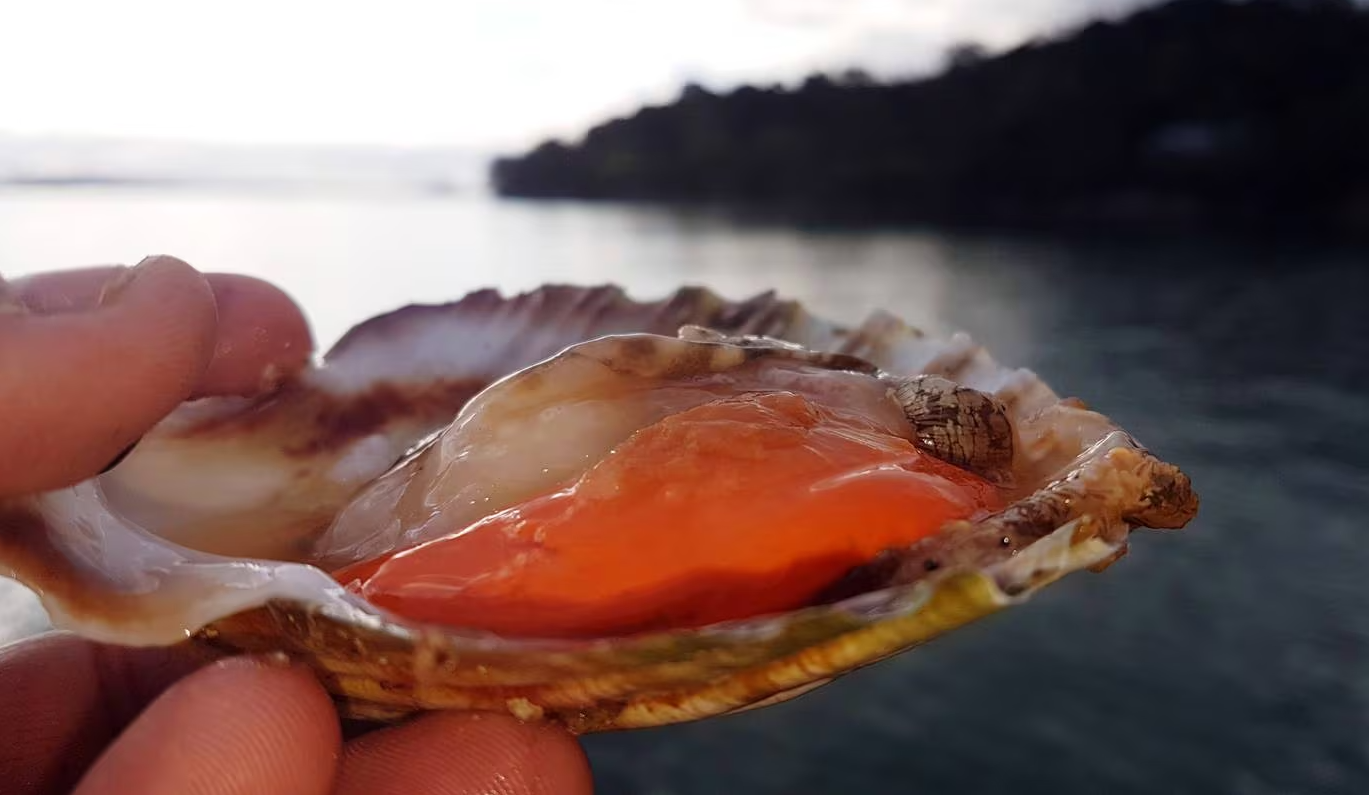Increasing toxic agal blooms could be linked to extreme weather events
Friday 29 December 2023 | Written by RNZ | Published in New Zealand, Regional

Affected shellfish included bivalves such as scallops. 23122801
The increasing frequency of toxic algal blooms could be related to extreme weather, says the NZ Ministry for Primary Industries. Shellfish toxin alerts have been issued for parts of Waiheke Island, Kawhia, the West Coast of Northland, East Cape, and Marlborough Sounds.
People were being warned to not eat shellfish from those areas.
The ministry's deputy director-general of food safety Vincent Arbuckle said extreme weather could be a factor in the increasing growth of agal blooms.
"It may well be weather-related or could well be the result of Cyclone Gabrielle and extreme weather events earlier in the year.
"After extreme flooding you'll get more nutrients in the water around the coast and agal blooms do occur when you get high nutrient run-off."
An algae-like organism called Okeania spp was discovered on beaches on the southern side of Waiheke Island, he said.
"Okeania spp is a cyanobacteria that forms dark-coloured mats of slimy material when it washes up on the beach. As these cynobacterial mats decompose, they turn into a stinky sludge.
"It can also produce a toxin called Lyngbyatoxin-A, which can cause skin and eye irritation and respiratory issues."
Affected shellfish included bivalve shellfish such as mussels, oysters, tuatua, pipi, toheroa, cockles, and scallops, as well as pūpū (cat's eyes), Cook's turban and kina (sea urchin), said Arbuckle.
"The risks of this toxin contaminating shellfish is unknown, so this warning is precautionary until we can find out more. It's important to note that cooking shellfish will not destroy biotoxins.
"At this stage, finfish are not included in this public health warning, but we advise people to gut the fish and discard the liver before cooking."
Meanwhile, testing of shellfish for areas in Kawhia and Northland found elevated levels paralyctic shellfish toxins which could cause symptoms such as numbness, a tingling (prickly feeling) around the mouth, face, hands, and feet, difficulty swallowing or breathing, dizziness and headache, nausea and vomiting, diarrhoea, paralysis and respiratory failure and, in severe cases, death.
The ministry has detected high levels of toxin-producing phytoplankton in Northland, as well as an Alexandrium pacificum bloom in Kawhia.
In both cases, Arbuckle said cooking the shellfish did not remove the toxin.
But pāua, crab and crayfish could still be eaten if the gut was completely removed prior to cooking, as toxins accumulate in the gut, said the ministry. If the gut is not removed, its contents could contaminate the meat during the cooking process.
- RNZ




















































